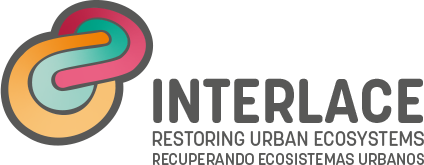Portoviejo (Ecuador) is an intermediary city and a capital of the coastal region of Manabi, with a population of around 250,000 and size of 54 km2. The city has a hot, semi-arid climate and is surrounded by silt soil mountains.
The urban expansion is putting pressure on the Portoviejo river which divides the city in two, while the informal settlements on the city’s hills contribute to increased landslide risk. In April 2016, the city was hit by a fatal 7.8 magnitude earthquake that destroyed most of the city centre.
By the year 2035, Portoviejo has the goal of becoming the best and healthiest city to live in Ecuador by building a network of parks, green corridors and a green belt that will increase the quality of life of citizens and protect its natural resources from urbanisation processes. The restoration of green urban areas and the Portoviejo and de Oro river is integrated in the Urban Master Plan and guided by the Plan of Land Use and Management. The post-earthquake reconstruction process provided an opportunity to rethink the city, analyse the urban form and understand risks posed by formal and informal developments on the hills, riversides and other vulnerable places. The deep reconstruction process focuses on resilience and improving quality of life. The city centre was rehabilitated and new green public spaces were designed. The recovery of deteriorated natural sites is guided by the idea of turning them into high quality public spaces in order to give Portoviejo´s citizens new inclusive and safe places.
Through its participation in INTERLACE, Portoviejo hopes to receive access to knowledge and networks that will help it to realise its ambition of becoming a top city in Ecuador, and to turn its ideas into fully-developed projects backed by feasibility studies. It wants to exchange experiences on urban ecosystem restoration and rehabilitation with other cities, co-produce assessment tools for most fitting restorative NBS and receive support in the process of fostering participatory engagement for restorative NBS.
